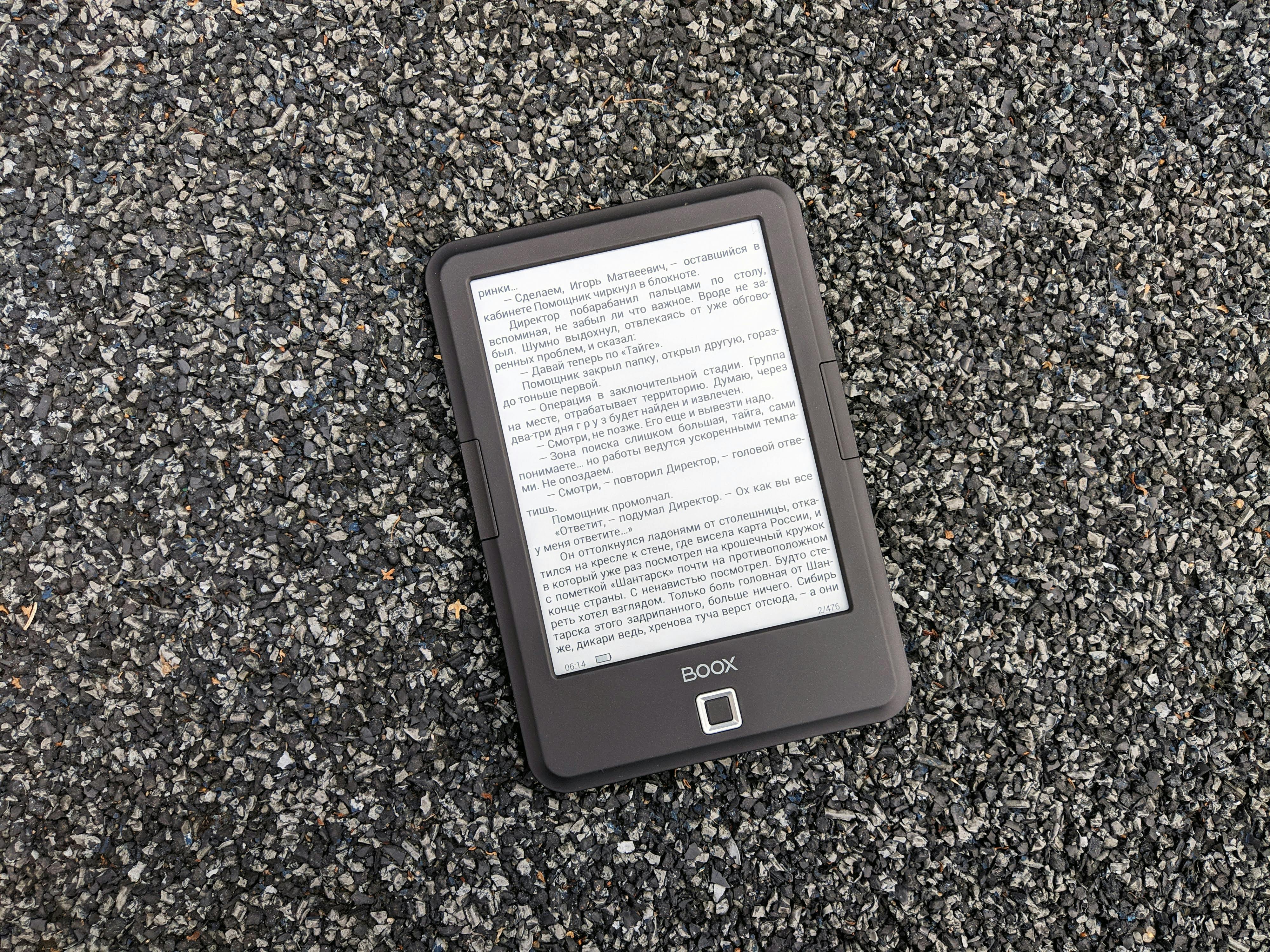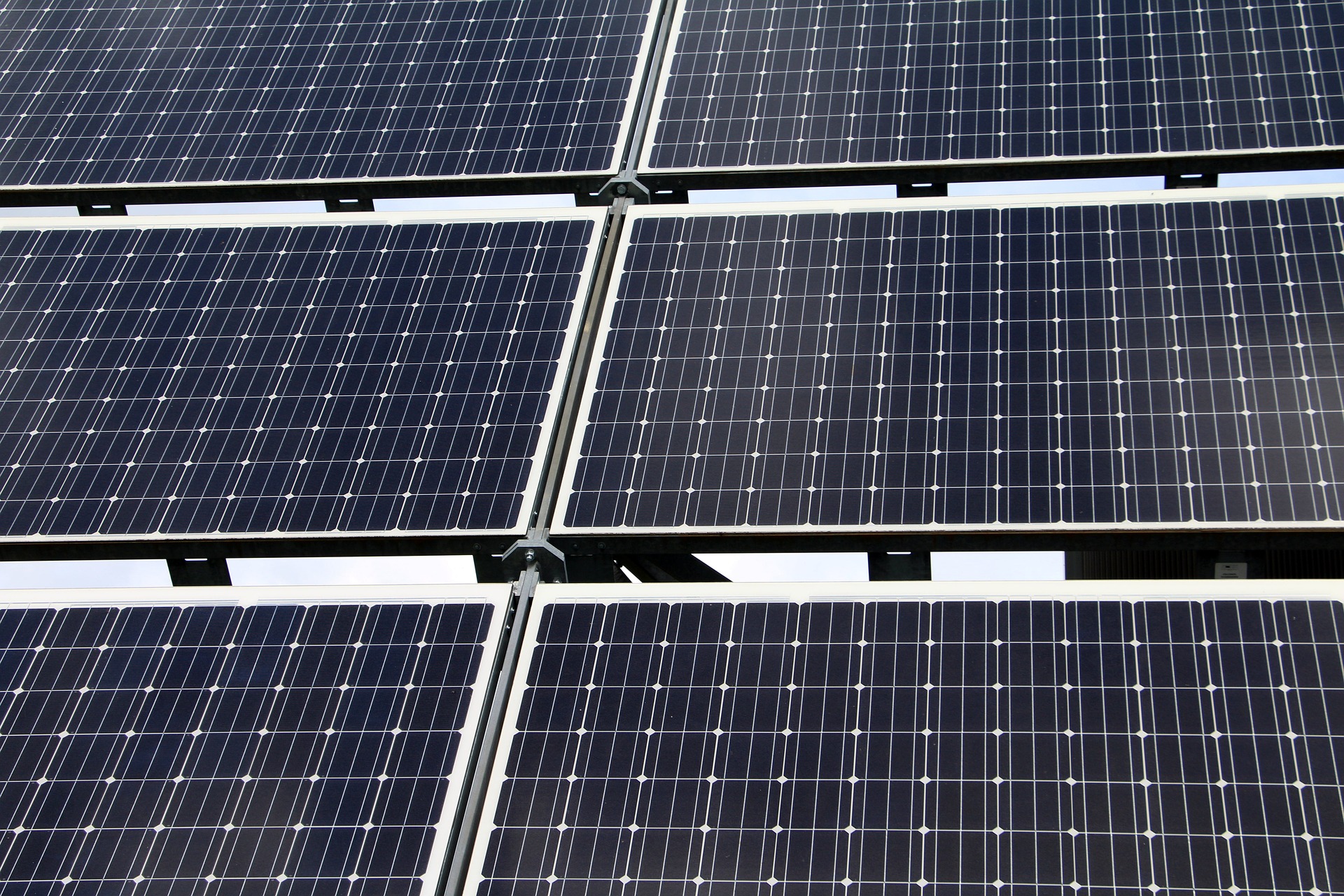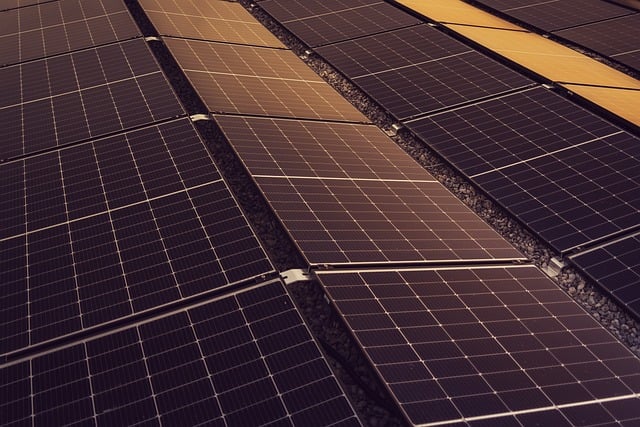"Inside the World of E-Paper: A Look at Its Impact on Modern Technology"
Introduction: Step into the world of e-paper, a technology that's reshaping the landscape of modern devices—from e-readers to smartwatches. This revolutionary display tech offers a distinctive blend of user-friendliness and power efficiency. Let's dive into its history, current advancements, and possible future applications.

Chapter 1: E-Paper: A Brief History
The concept of e-paper was first introduced in the 1970s by Nick Sheridon at Xerox’s Palo Alto Research Center. His invention, known as Gyricon, was a unique sheet containing tiny rotating spheres, each half black and half white, suspended in a clear layer of silicone. This laid the groundwork for present-day e-paper technology, albeit in a more rudimentary form.
Chapter 2: How E-Paper Works
Unlike traditional displays that rely on backlighting, e-paper creates images by manipulating light reflected from the display. Each pixel contains positively charged white particles and negatively charged black particles. When an electric field is applied, the particles move to the top or bottom of the microcapsule, forming an image. This image remains stable even without a power supply—a characteristic known as bistability.
Chapter 3: Current Developments
E-paper has come a long way from its inception. Today, it’s most commonly associated with e-readers like Amazon’s Kindle, which replicates the visual aesthetics of physical paper. However, it’s also been used in other devices like smartwatches, digital signage, and even smartphone secondary displays. Most notably, E Ink has recently unveiled its Print-Color E-Paper, capable of displaying over 32,000 colors.
Chapter 4: Future Prospects
The future of e-paper looks promising. Researchers are exploring its potential in wearable technology, smart packaging, and ambient light-powered displays. With advancements in flexible e-paper displays, we may see more rollable or foldable devices in the near future.
Chapter 5: The Market Impact
Given its low power consumption and readability in bright light, e-paper has a competitive edge in the market. The global e-paper display market was valued at USD 2.6 billion in 2020 and is expected to reach USD 6.05 billion by 2026, growing at a CAGR of 17.2%. This growth is driven by the increasing adoption of e-paper in various industries, including consumer electronics, retail, and healthcare.
E-paper has undeniably left its mark on the tech world, offering a unique blend of user-friendly display and power efficiency. As we move forward, the future possibilities for this technology are boundless, with its potential applications extending far beyond the realm of e-readers and smartwatches. Ultimately, the story of e-paper is a testament to the power of innovation in shaping the technology of tomorrow.


